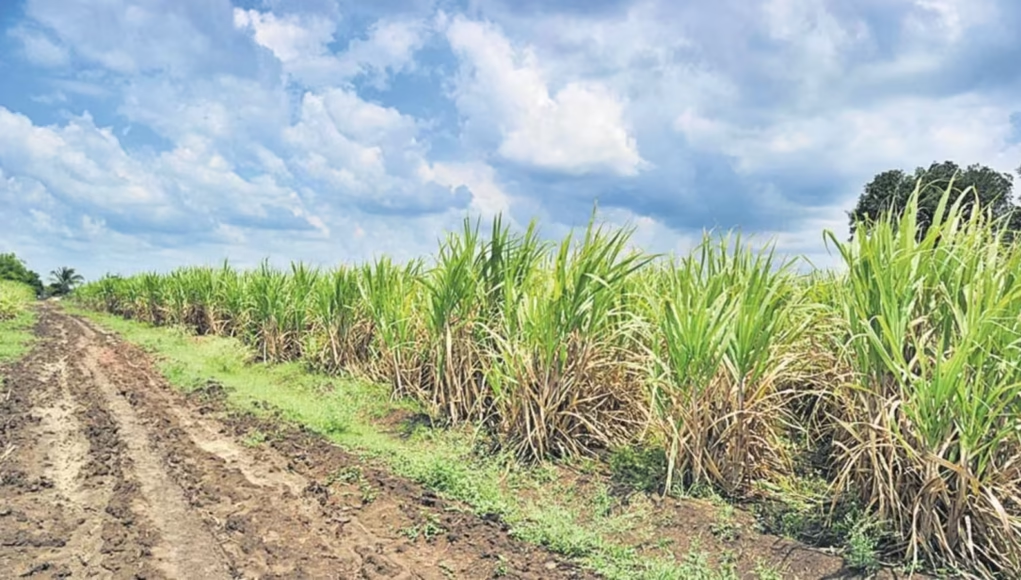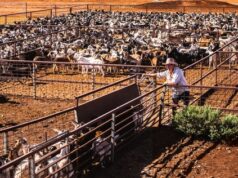Evolution of Sugar cane production in Somalia has undergone significant changes due to political instability, infrastructure collapse, and subsequent recovery efforts. Before the Somali government’s collapse in 1991, sugar cane farming was a major economic activity supported by state-operated agricultural programs. With government-backed irrigation systems and processing plants such as the Jowhar Sugar Factory, sugar cane production steadily increased from 1985 to 1990, peaking at 310,000 metric tons in 1988.
This growth was driven by access to international markets, subsidized farm inputs, and strong agricultural policies. However, after the collapse in 1991, production levels plummeted due to the destruction of essential farming infrastructure, disrupted trade routes, and widespread displacement of farming communities. By 1994, production had dropped to 90,000 metric tons as civil unrest intensified and agricultural services ceased to function. Farmers abandoned sugar cane cultivation due to lack of access to fertilizers, seeds, and functioning sugar mills. This marked one of the lowest points in Somalia’s agricultural history.

Starting in the early 2000s, local communities, supported by international development agencies such as FAO and USAID, began restoring agricultural operations. Efforts to rebuild irrigation networks and processing facilities resulted in a gradual recovery. By 2010, sugar cane production exceeded 200,000 metric tons, reflecting the positive impact of agricultural aid and community-led farming initiatives. Investments in drought-resistant sugar cane varieties and modern farming techniques contributed to sustained growth in production.
Between 2015 and 2020, production levels consistently increased, surpassing pre-collapse levels as exports resumed through regional trade agreements. By 2024, sugar cane production reached nearly 390,000 metric tons, indicating full recovery and even surpassing historical production records. This growth highlights the resilience of Somalia’s agricultural sector despite recurring climate challenges and political instability in some areas.
The historical trend in sugar cane production demonstrates the critical role of political stability, investment in agricultural infrastructure, and international cooperation in sustaining economic development. The comparison of production levels before and after 1991 reveals the severe impact of governance failure, but also showcases the potential for recovery when adequate support systems are in place.
Continued investment in modern irrigation systems, agricultural training programs, and expanded access to export markets will be essential for maintaining this upward trajectory and strengthening Somalia’s position as a regional agricultural producer.














